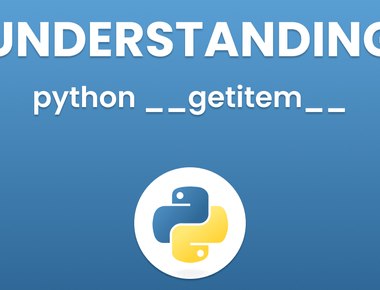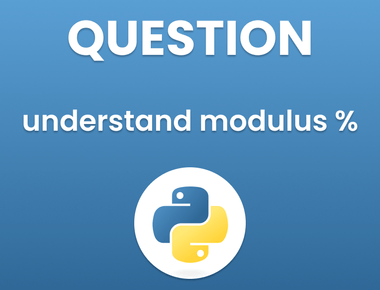Table Of Contents

Introduction:
Welcome to our comprehensive guide on what is enumerate in Python. In this article, we will walk you through the fundamentals of enumerating in Python and how to implement it in your code. We will discuss the key concepts of enumerating, the syntax and usage of the built-in Python enumerate function, and how to use it to improve your code’s readability and efficiency. Our aim is to provide you with all the necessary knowledge and skills to master Python’s enumerating concept.
What is Enumerate in Python?
Enumeration is a process of assigning sequential numbers to elements in a collection, such as a list or a tuple. It is a common technique used in programming to access and manipulate each element in a collection. Python’s enumerate function provides an easy and efficient way to implement enumeration in your code.
How to Use the Enumerate Function in Python:
The enumerate function is a built-in function in Python that allows you to iterate over a collection and return an enumerated object that consists of tuples. Each tuple contains two elements: the index number and the value of the current element.
Here’s the syntax of the enumerate function in Python:
enumerate(iterable, start=0)
The ‘iterable’ argument is the collection that you want to enumerate, and ‘start’ is an optional argument that specifies the starting index of the enumeration. If ‘start’ is not provided, the default value is 0.
Let’s take a look at an example to illustrate how to use the enumerate function in Python:
fruits = ['apple', 'banana', 'orange']for index, fruit in enumerate(fruits):print(index, fruit)
Output:
0 apple1 banana2 orange
In the above example, we created a list of fruits and used the enumerate function to iterate over the list and return an enumerated object. The index variable contains the index number of the current element, and the fruit variable contains the value of the current element. We then printed out the index and fruit values using the print statement.
Benefits of Using Enumeration in Python:
Using enumeration in your code has several benefits, such as:
- Improved Readability: Enumeration provides a clear and concise way to access and manipulate each element in a collection, making your code more readable and easier to understand.
- Efficient Code: Enumeration allows you to loop over a collection and access each element by its index number, which is much faster than other methods of accessing elements.
- Simplified Code: By using the enumerate function, you can avoid creating an additional counter variable and simplify your code.
Conclusion:
In this article, we discussed the fundamentals of enumerating in Python and how to implement it in your code using the built-in Python enumerate function. We learned about the key concepts of enumeration, the syntax and usage of the enumerate function, and the benefits of using enumeration in your code. We hope that this guide has provided you with all the necessary knowledge and skills to master Python’s enumerating concept.
Subscribe to our newsletter!
Related Posts
Quick Links
Legal Stuff
Social Media







